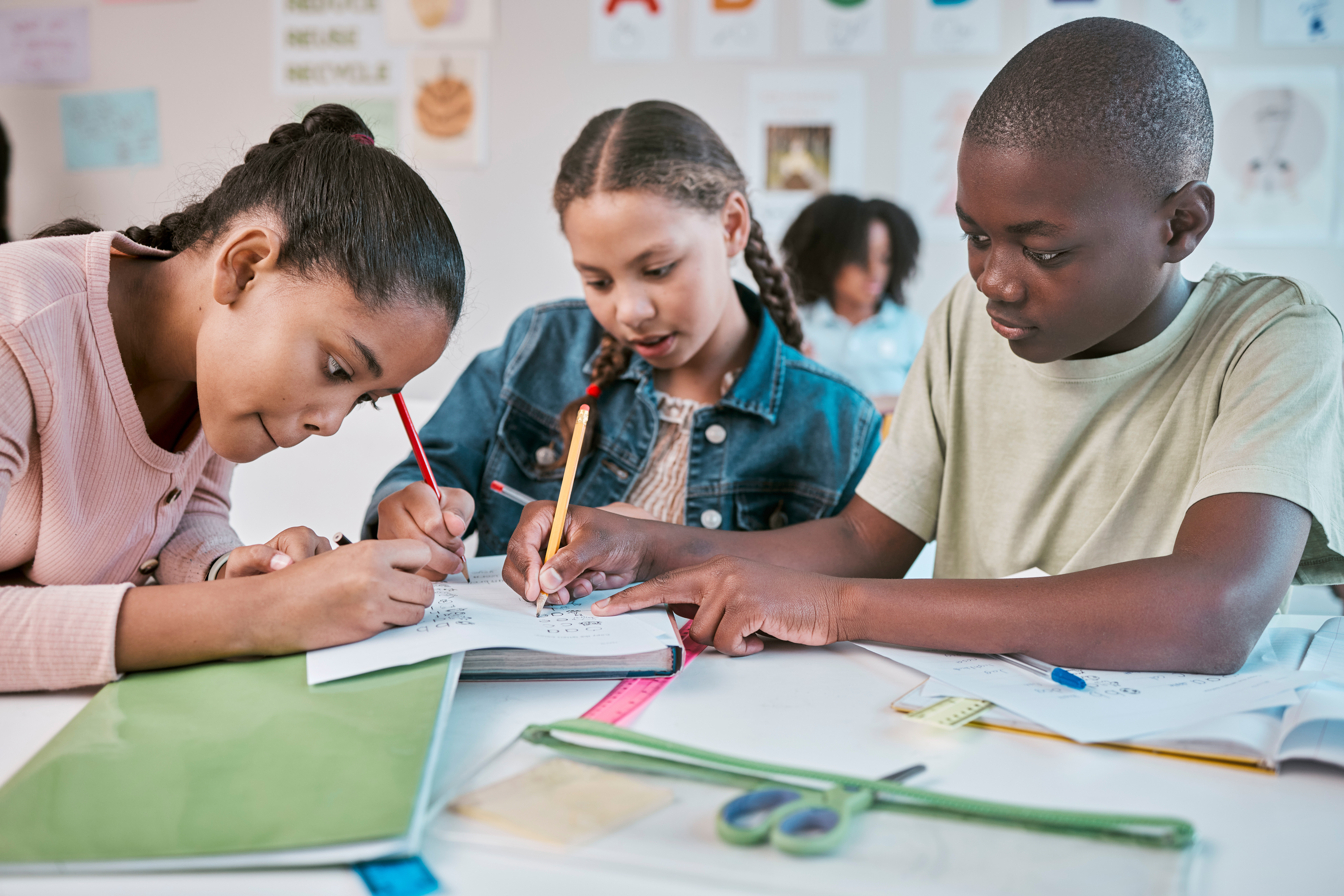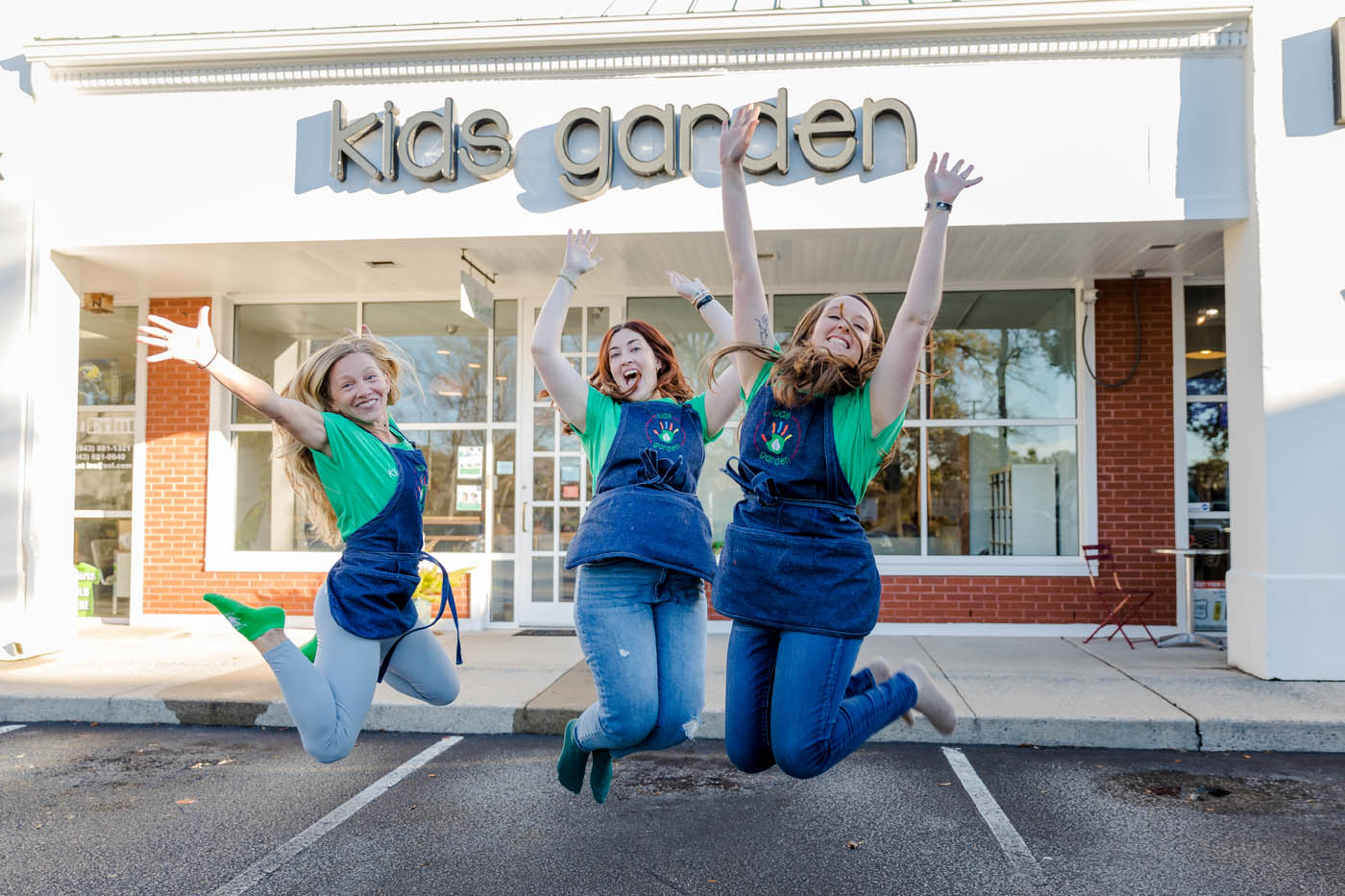Feb 17th, 2025 Benefits of Multi-Age Classrooms in Montessori Education in Charleston, SC
In multi-age classrooms, children will learn at their own pace, have mentorship opportunities, and grow into well-rounded individuals.

The Muli-Aged Classroom
Montessori classrooms are traditionally multi-aged, where students of different ages, learn together in a shared space. Classrooms are typically separated based on developmental stage and this age diversity offers profound benefits. Younger children learn through observation and imitation, while older students gain confidence, leadership skills, and patience by mentoring their younger peers.
For parents wondering if multi-age programs are better for their children, we’ll explain in this blog how these classrooms foster collaboration, provide mentorship opportunities, and offer a customized learning pace for students of all ages.
The Power of Learning and Collaboration Across Age Groups
Children naturally collaborate in multi-age classrooms, working alongside peers who are older or younger than themselves. This dynamic encourages teamwork, problem-solving, and communication across age groups.
Here are the benefits for all learners:
- Younger Learners: Younger children benefit from observing older peers as they work. Peer modeling allows them to absorb social cues, routines, and academic strategies in a non-intimidating way. As they watch older classmates solve problems or complete coursework, they begin to internalize those skills. This leads to accelerated development in subjects and maturity.
- Older Learners: Older children thrive when given opportunities to take on responsibility and step into leadership roles. As they guide younger kids, they reinforce their knowledge and deepen their academic understanding. Older learners develop patience and compassion, core social and emotional skills that extend beyond the classroom.
Learning goes beyond academics in shared environments. New interactions and a shared curiosity encourage play and imaginative thinking. Children learn to adjust their communication styles, resolve conflicts peacefully, and form friendships across age groups.
These daily experiences cultivate emotional maturity in ways that same-age settings often cannot. Whether through group projects, creative play, or quiet moments of mentorship, students in multi-age classrooms grow together as learners and individuals.
Each Child Learns at Their Own Pace
A core principle of Montessori education is to follow the child, which means honoring each child’s natural pace of learning. It is developmentally appropriate for children to go through cycles of rapid learning, steady progress, and periods of plateau. Children often struggle in traditional classrooms with rigid, grade-level expectations, causing stress for children, parents, and teachers.
In Montessori classrooms, the teachers aim to nurture every child as an individual, not as part of a one-size-fits-all system. A thoughtfully designed, three-year curriculum gives children time to revisit concepts, explore subjects deeply, and master skills. Rather than racing through material in one school year, children gain a fundamental understanding of what they learn.
Children are more likely to engage with schoolwork joyfully when learning is approached with flexibility and curiosity rather than pressure or fear. A multiaged classroom benefits the child by offering them the time and community they need to grow.
Encourage Play and Exploration
In multi-age classrooms, older students naturally become mentors, an experience that offers powerful benefits for both mentor and mentee.
Benefits often observed in children:
- Reinforcing Knowledge: When older children explain concepts or demonstrate tasks for younger peers, they deepen their understanding. Teaching others requires clarity, confidence, and critical thinking, all of which help solidify their knowledge.
- Building Confidence and Character: Mentorship encourages older students to lead with empathy, patience, and kindness. As they assist others, they cultivate essential life skills such as communication and emotional intelligence.
- Celebrating Diversity: Having friends of different ages and abilities offers children unique opportunities to understand others. Diversity in social groups and perspectives fosters a sense of inclusion, where every child feels valued for what they bring to the classroom. Children learn to appreciate differences, celebrate progress at every level, and grow into socially aware individuals.
Eventually, the younger learners in a multi-age classroom transition into the role of the older students they look up to. Having once received peer support, they are prepared to offer the same guidance and encouragement to the new young learners.
As children cycle through these roles over the years, they grow with humility, having experienced firsthand the challenges of learning something new. The multi-age classroom fosters a full-circle learning experience that supports children's development.
Growing with Montessori
Unlike in traditional classrooms, where roles are static and age-based, multi-aged classrooms allow for a holistic learning experience for all children.
If you are a parent left with questions about multi-age classrooms, reach out to Kids Garden for more information!
We embrace the Montessori-inspired, multi-age model because we’ve seen firsthand how it helps children of all ages thrive academically, socially, and emotionally. We invite you to explore the holistic benefits of a multi-age classroom with us and discover a place where your child can flourish!






